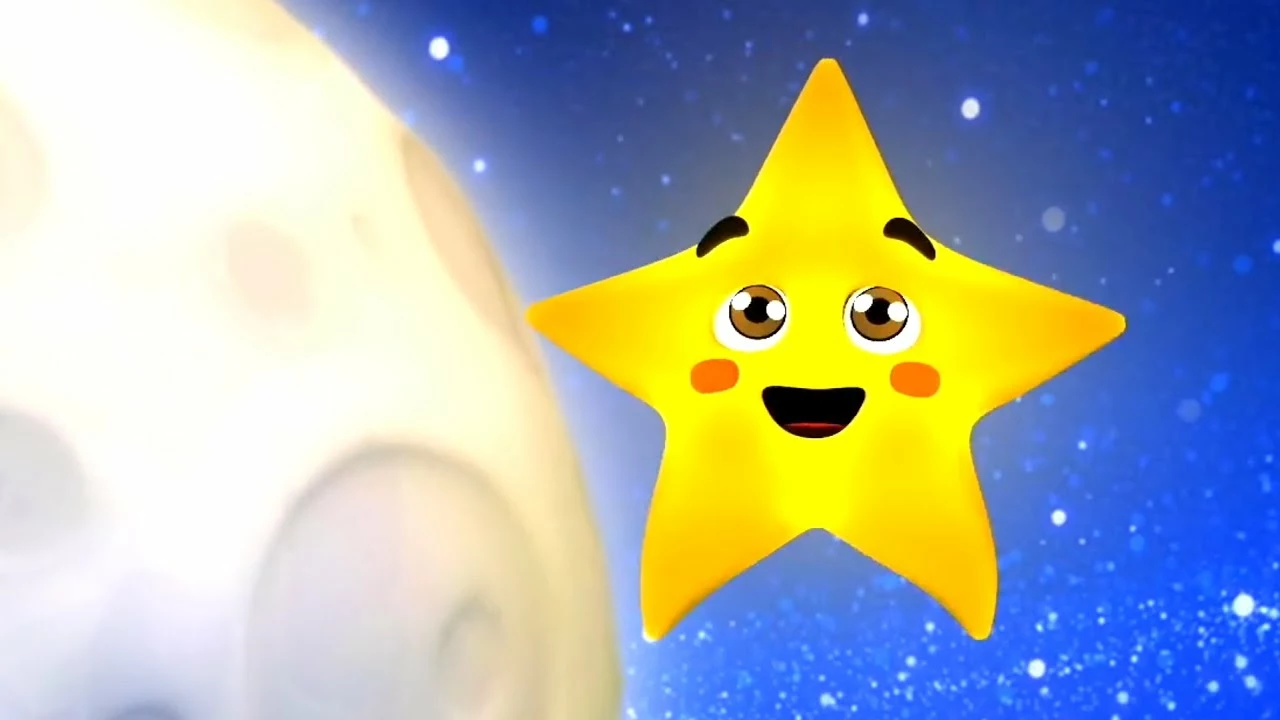
The Intriguing Similarities
It was a typical rainy day in Melbourne, the kind that inspires a sense of thoughtful retrospection. As I sat in my comfy armchair, sipping my flat white, my Maine Coon Fluffy on my lap and my Bearded Dragon Spike basking under his lamp, an intriguing observation crossed my mind: the uncanny resemblance of "Twinkle Twinkle Little Star" and the "Alphabet Song". Yeah, you read it right, two of the most popular nursery rhymes that we've known since, well, forever!
Now before you dismiss my musings as mere coincidence, let me assure you, there's more to this than meets the eye. Or more appropriately, more than would meet the ear. I started diving deep, scratching beneath the surface, and lo and behold, a fascinating world of music theory, fascinating histories, and interwoven melodies came to light.
A Musical Primer
Before we delve deeper, let's peek into the world of music - melodies, notes, intervals, the whole shebang. After all, it's a crucial part of our unraveling mystery.
You see, every song floats on a current of rhythm and melody, carved out by a precise series of notes. Notes, the building blocks of a melody, are like atoms in the universe of music. An intricately woven tapestry of notes creates the unique melody, the backbone of a song. Same notes, same intervals, typically result in the same melody. This basic pattern is why "Twinkle Twinkle Little Star" and the "Alphabet Song" sound strikingly similar.
A History Lesson
Now, what's hidden in the history of these songs that could shed light on our mystery? Actually, quite a lot! Of late, I've been playing the role of not only a blogger but also a history detective, drifting through the sea of time. And, boy, has it been an enlightening ride!
"Twinkle Twinkle Little Star", believe it or not, predates the "Alphabet Song" by a significant margin. Originally a French folk song "Ah! vous dirai-je, maman", it became popular in the English-speaking world in the 18th century. Brace yourself for this twist though - Mozart himself repurposed these melodies for his piano variations, confirming its popularity amongst the high and mighty as well.
Alphabetical Connections
Now, what about the "Alphabet Song"? True to its nature, let's start at the beginning, from A. The melody of the alphabet song, based on "Twinkle Twinkle Little Star", was first copyrighted in 1835 by an American music publisher named Charles Bradlee.
So, it seems, the "Alphabet Song" indeed incorporated the same melody and pattern of the much older "Twinkle Twinkle Little Star". You see, music, like life, tends to move in circles. It hums and haws, rises and reincarnates in forms we least expect: a lovely old nursery rhyme turning into an alphabetic teaching tool, for instance.
'Baa Baa Black Sheep', The Third Musketeer
Let's add more fuel to this mystery! Ever noticed how the nursery rhyme 'Baa Baa Black Sheep' also seems to follow a similar melody? Clearly, this humble folk tune turned classical piece, then nursery rhyme, certainly got around! This musical ubiquity embodies the timeless quality of a catchy melody: its ability to resonate through ages and straddle varied frameworks.
So 'Baa Baa Black Sheep', 'Twinkle Twinkle Little Star', and the 'Alphabet Song' share musical DNA across the centuries. I did contemplate setting up a lullaby performance group with Fluffy and Spike, but their disinterested yawns made me rethink my plans.
Why The Same Tune?
With Fluffy and Spike as my philosophical muses, I asked myself why would we resort to the same tune for songs as disparate as a nursery rhyme and an educational song.
The answer, my friends, could be tied to our human psyche’s affinity for familiarity. We tend to gravitate towards what we know, what is comfortable. The reassuring familiarity of the tune behind these songs fosters a sense of comfort and ease, be it in a nursery where a child is learning the wonders of the universe with 'Twinkle Twinkle Little Star', or a first-grade classroom where the 'Alphabet Song' is teaching the foundations of literacy.
The Wide World of Melodic Migration
While this investigation started with a mere coincidence, it took me through a multidimensional journey in music, history, and psychology. It's not just about one tune reused in a different context. It's also about how our creations interact and evolve, borrowing from each other, spreading far and wide, much like a melody migrating across genres and time.
So, is "Twinkle Twinkle Little Star" a rip-off of the alphabet? Not at all! Rather, I would call it an instance of beautiful serendipity, an immersive journey where history, music, and culture intermingle, resulting in the timeless melodies we know and love.
A Final Note
As the rain kept pouring outside my window, I found a musical conspiracy unfolding before me, one that transformed from an interesting observation to a portal into a timeless web of musical exchange. Shaking off Fluffy from my lap, sipping the dregs of my cooling coffee, I found myself marveling at the wondrous voyage of a melody transcending time and purpose.
So the next time you come across a familiar tune in an unexpected place, take a moment to appreciate its journey. And maybe, like me, you'll find yourself amused, enthralled, and inspired by its story. After all, we are, in a way, much like these melodies, each with our unique tales to tell. And who knows, maybe Fluffy and Spike might decide to start that lullaby band after all!